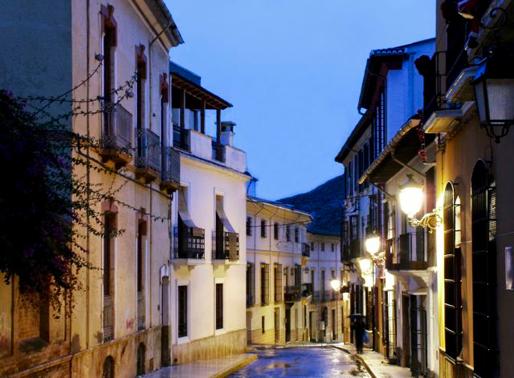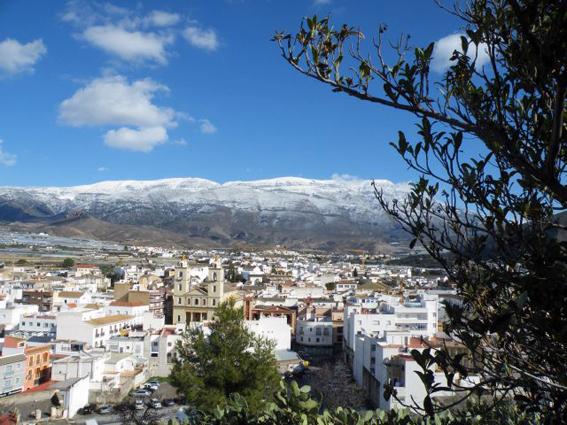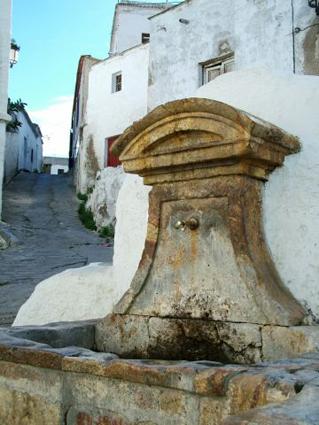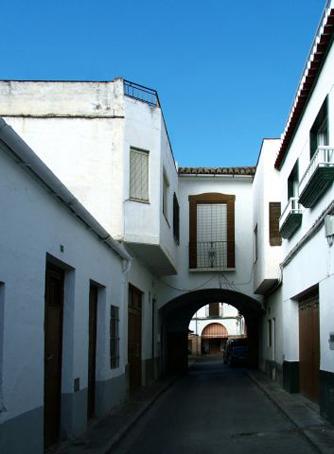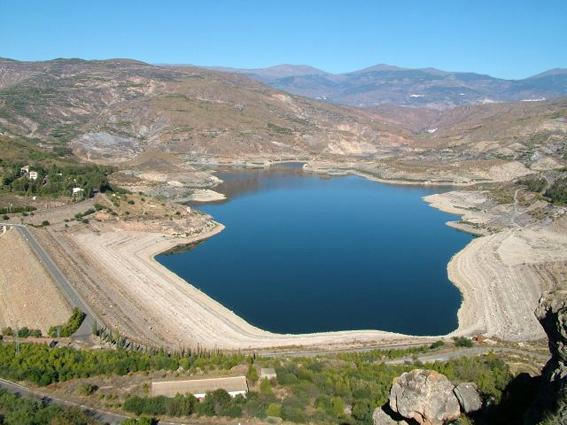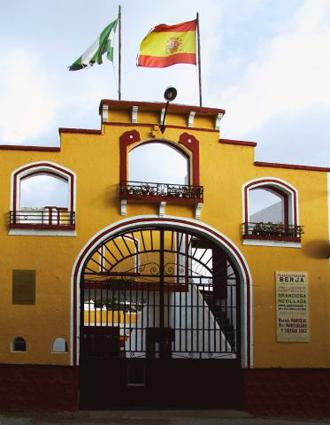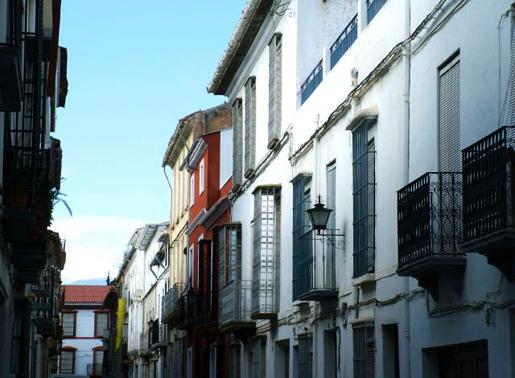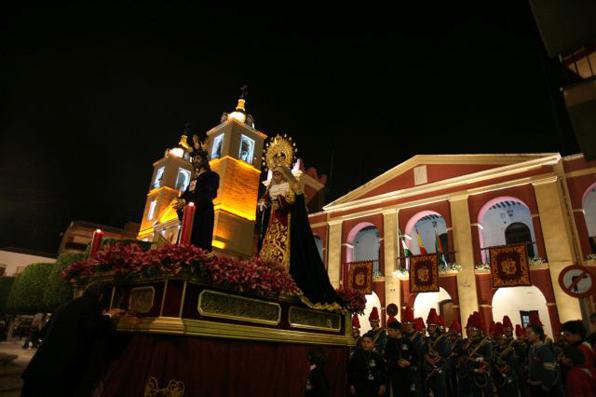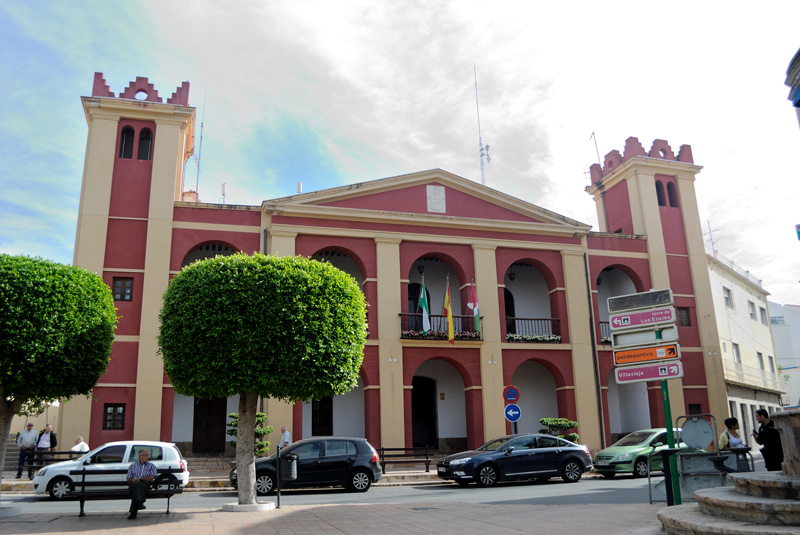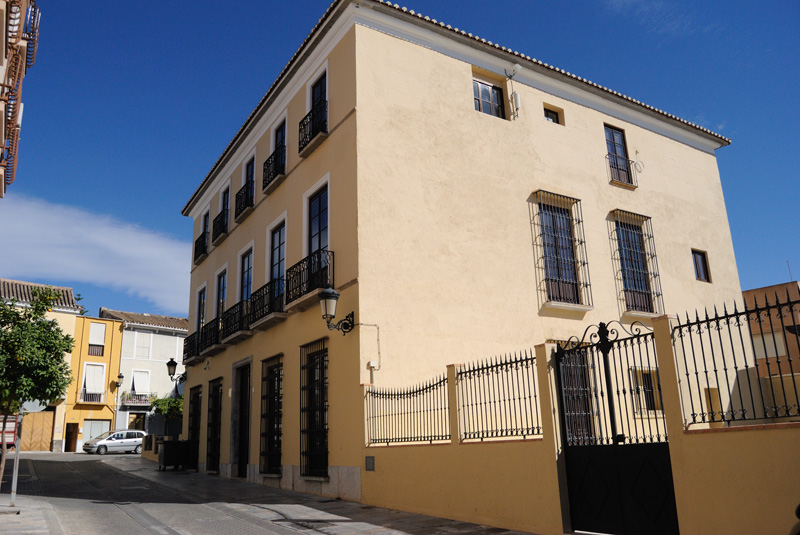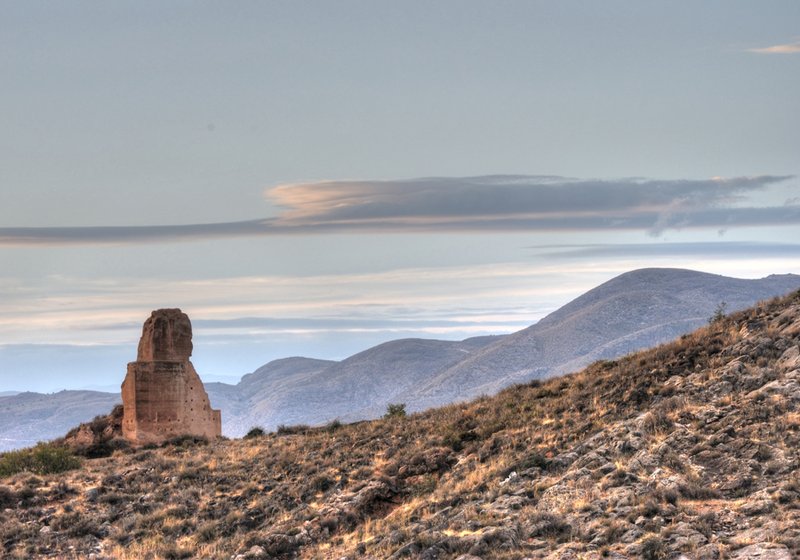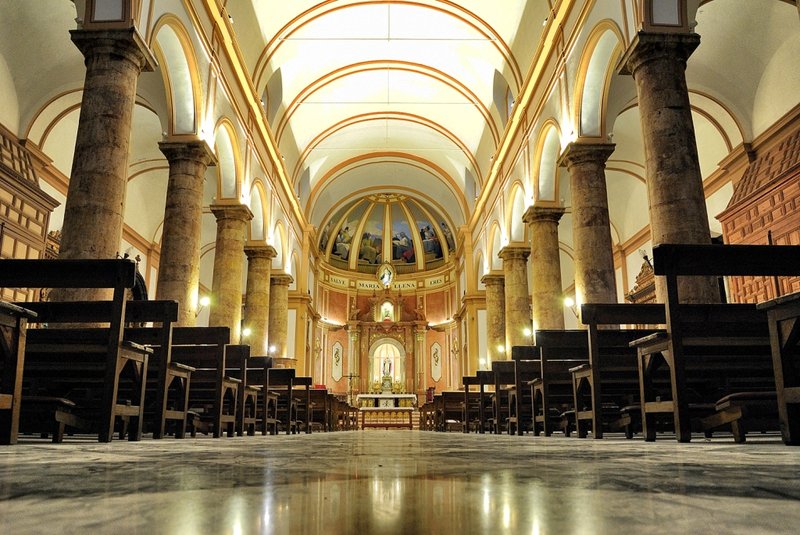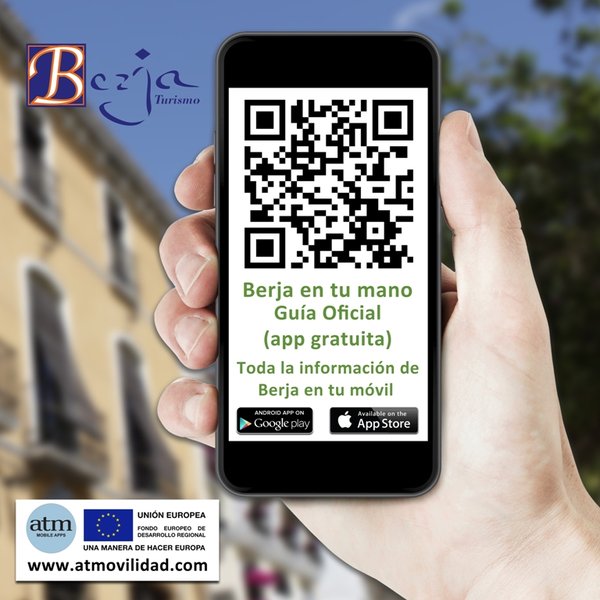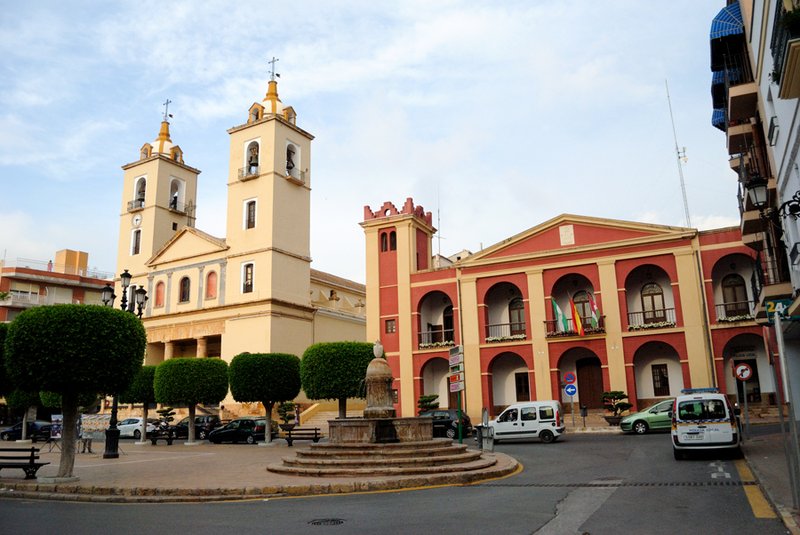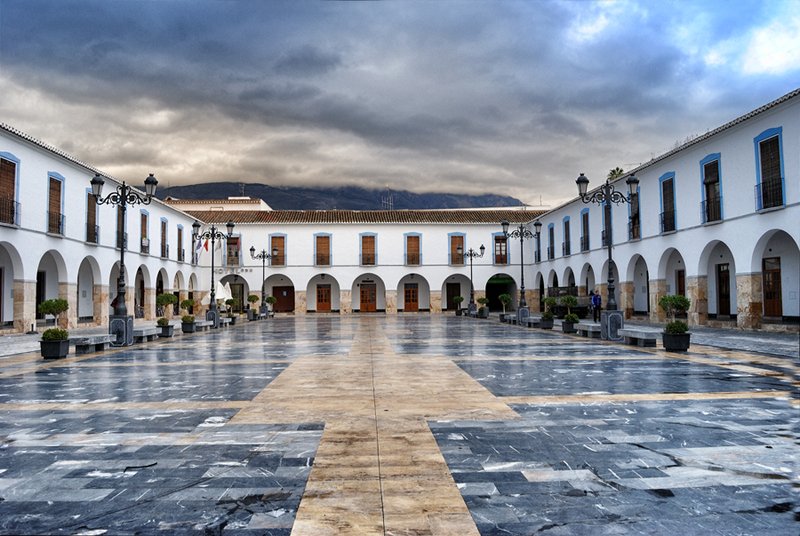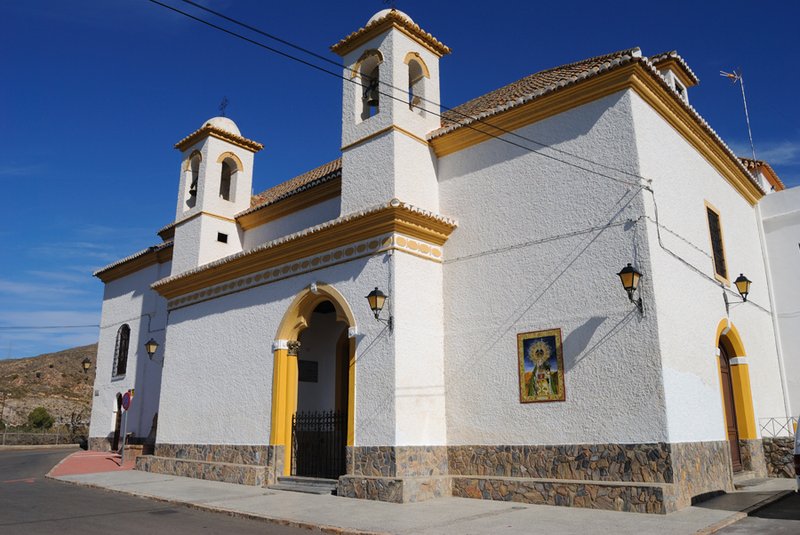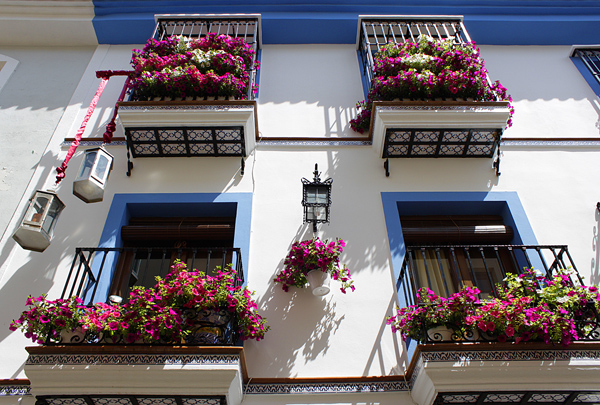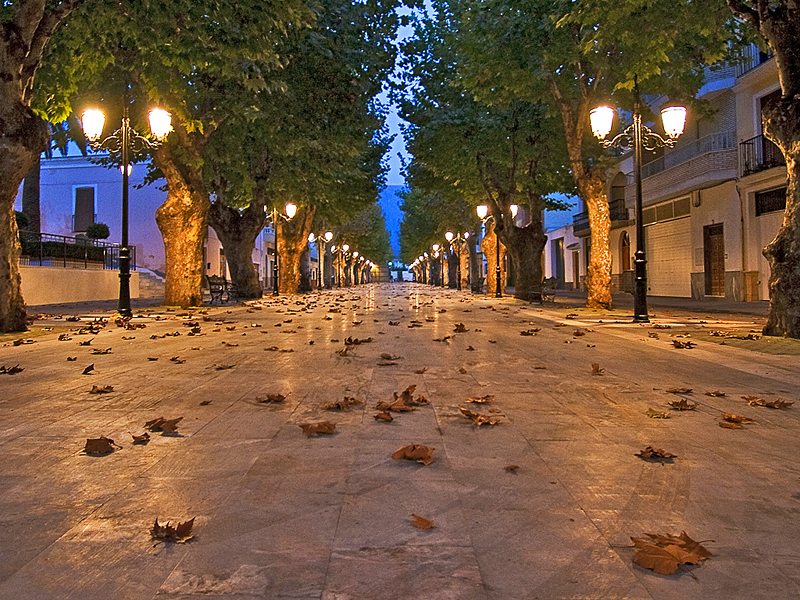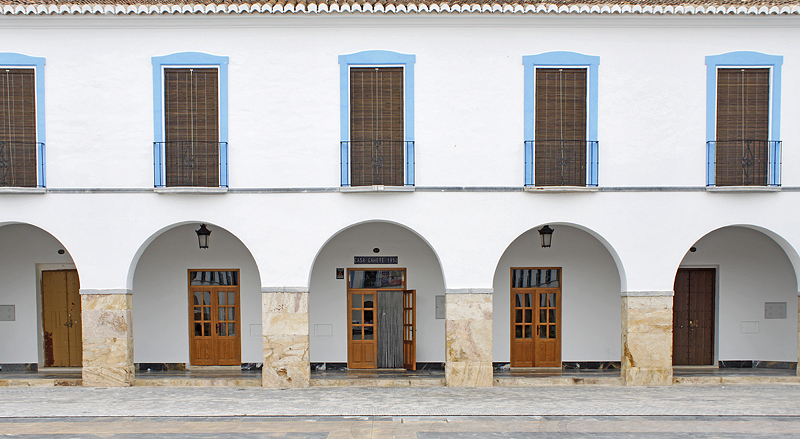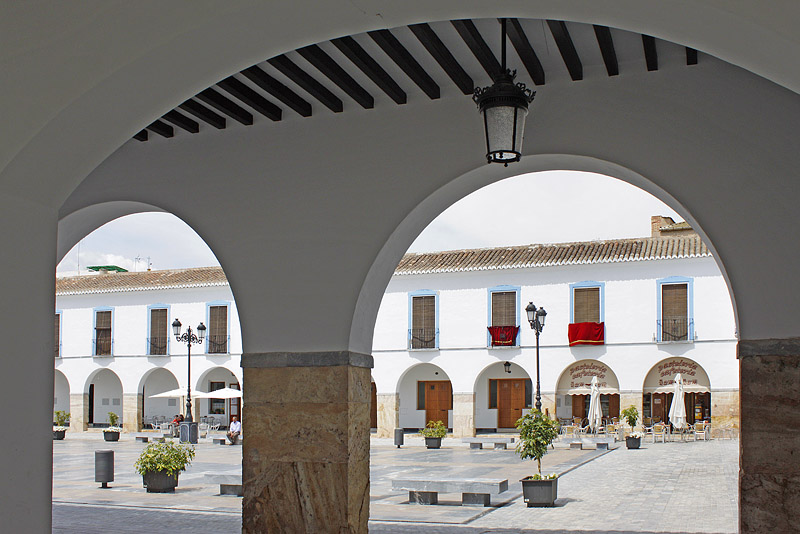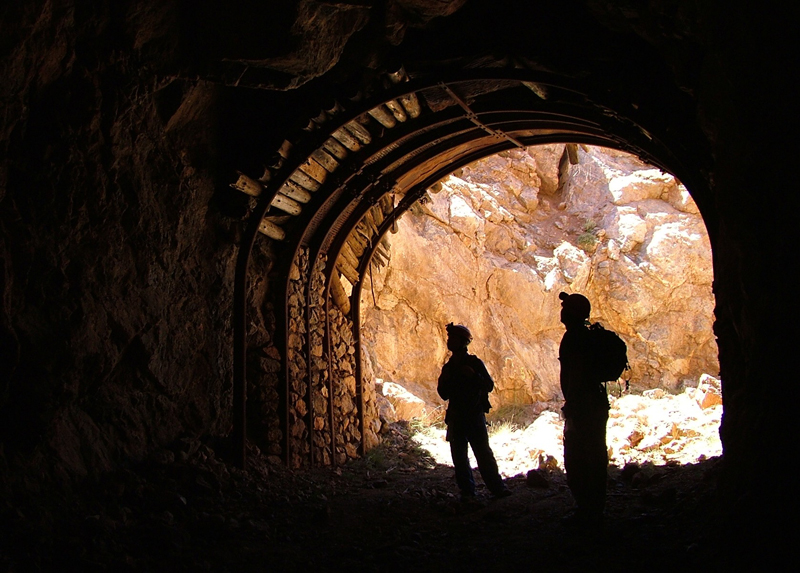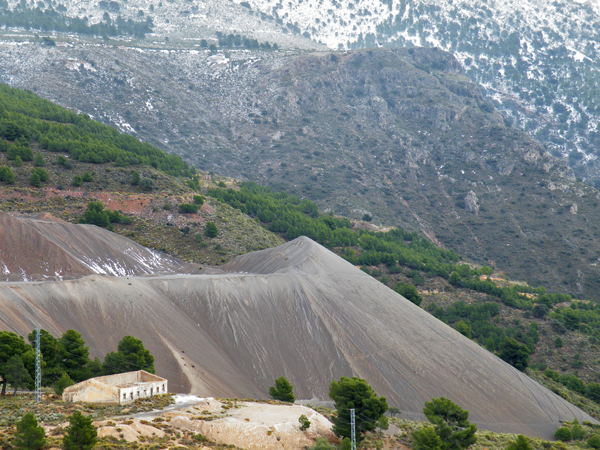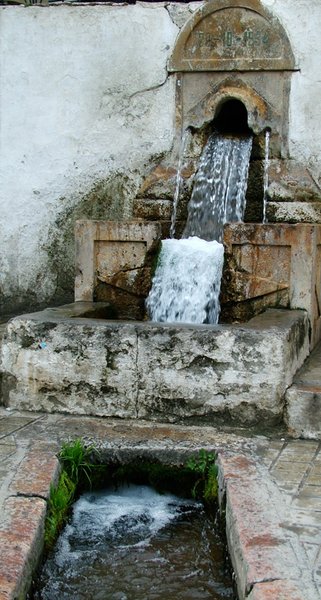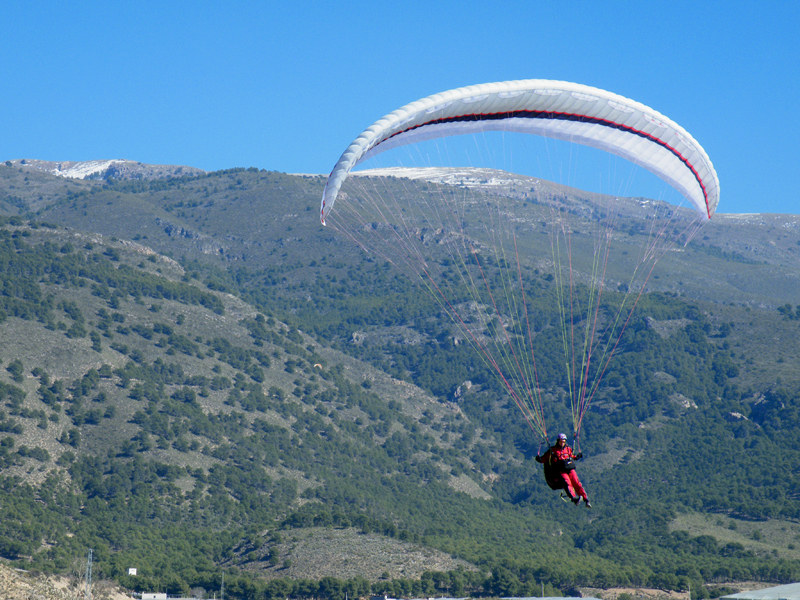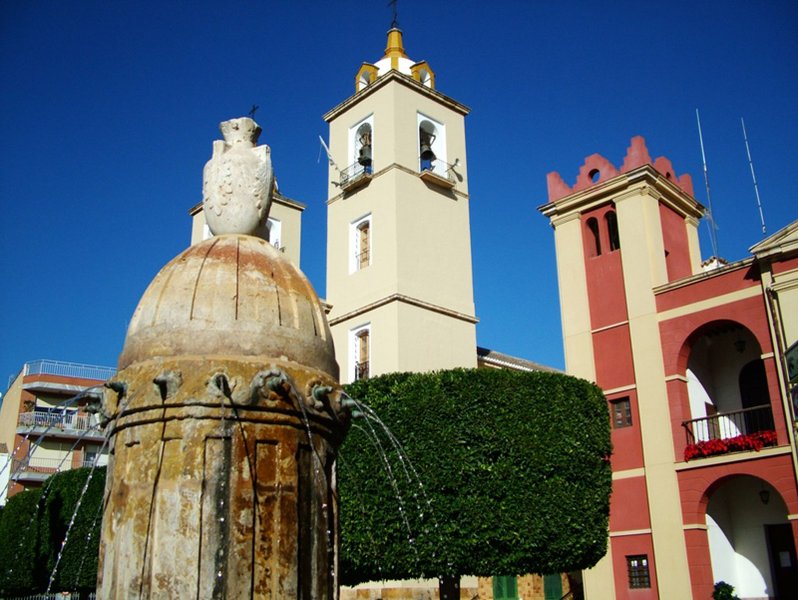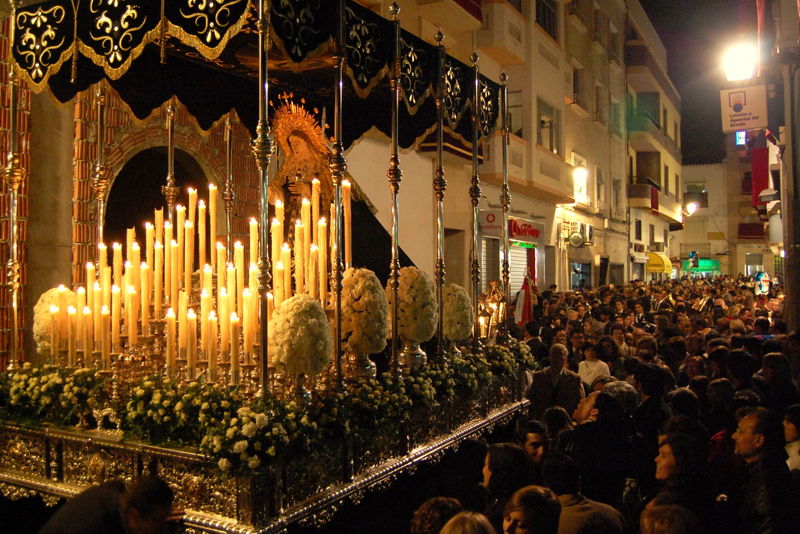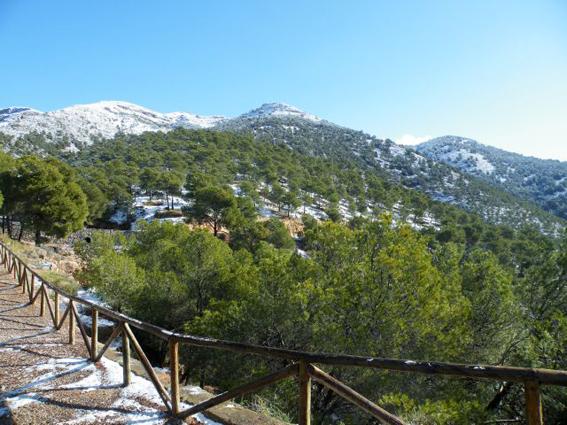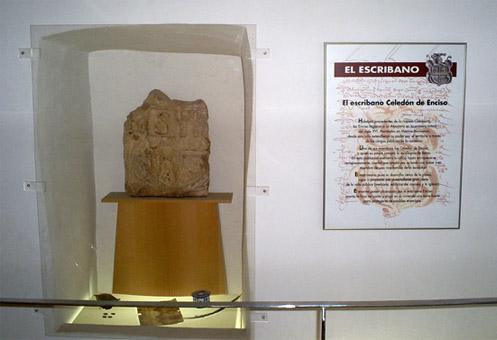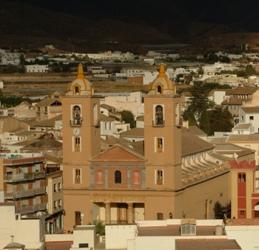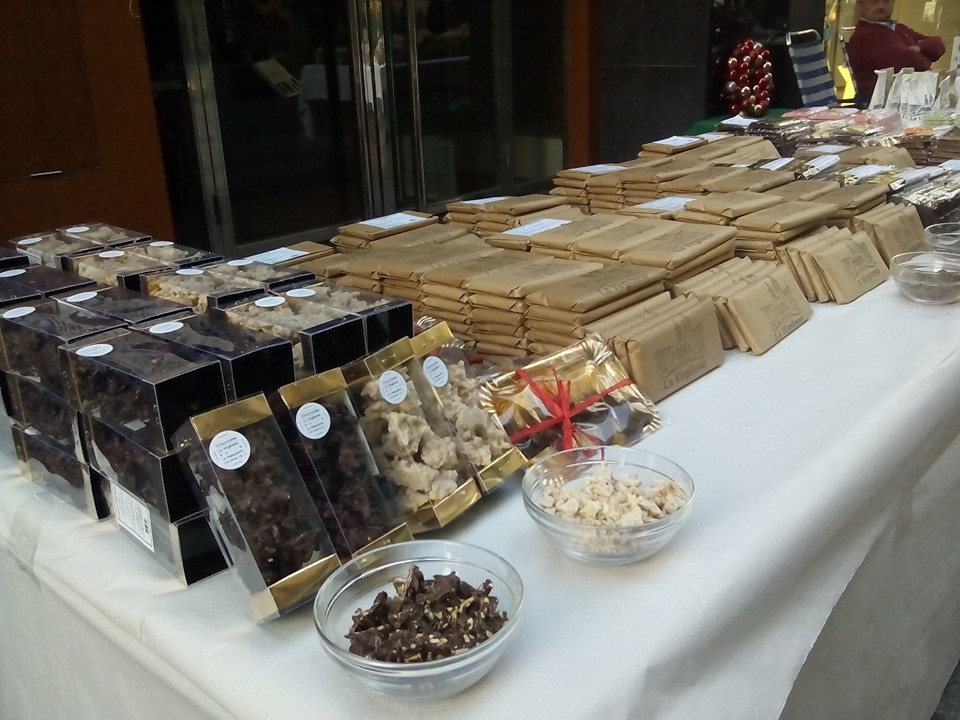Berja
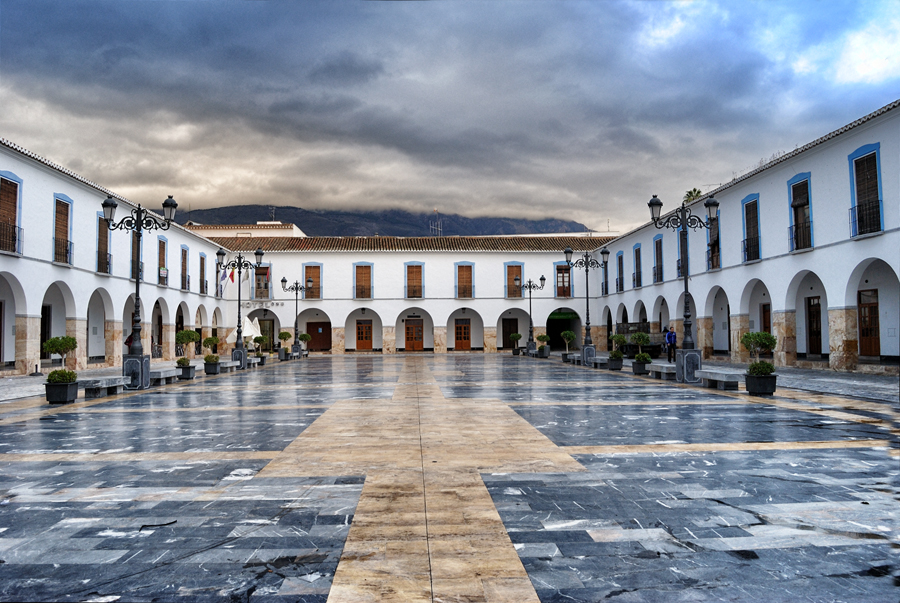
Berja is in Baja Alpujarra Almeriense, in a large valley about 300 m high, a fertile plain surrounded by beautiful mountains, abundant water, and an enviable climate. Its geographical location makes it the natural gateway to the Alpujarra, easily accessible from the Poniente coast of Almeria.
One of the theories on the origins of the term Alpujarra translates this word as “The Indomitable”: a daring, mountainous, and inaccessible land, whose isolation has enabled it to conserve some of the traditions of the most authentic Spain, within the framework of spectacular landscapes, between the highest peaks of the Iberian Peninsula and the warm Mediterranean Sea. Apparently arid lands, moulded by the action of humans through the efforts of generations, until transforming it into an oasis thanks to the clever use of water of our over 30 fountains and springs.
This wealth of waters has made it possible, since Roman and Moorish times, the existence of numerous farmsteads and estates scattered throughout the valley. This is the origin of the small neighbourhoods of Alcaudique, Benejí, Peñarrodada, Hirmes, Río Chico, Río Grande, Castala, Chirán and San Roque, though most of the population currently lives in Berja itself in the heart of the valley, a historic crossroads of trails and strategic point for trade between the coast and inland.
At Berja we can find all the amenities of a modern city, including a Tourist Office. Without a doubt, this is the best place from which to start the visit of the municipality in that, in addition to the free information provided on Berja and the entire region, it is located in the historic centre, one of the best-conserved in the province. The stately and palace-residences of the 18th and 19th centuries are the legacy of the splendour achieved thanks to the lead mines of those times.
The protected nature areas are the Castala Park near town and the Special Conservation Areas of Gádor Sierra and the Adra River. Furthermore, there are other areas of great scenic interest, like the Benínar reservoir and the Marbella and Hirmes Fountains. A privileged environment where you can go hiking, MTB, hang-gliding, climbing, canyoning and horse riding, or simply stroll accompanied by the murmur of the water of our Fountains Route.
This is Berja, where you can discover Roman and Moorish ruins, streams, springs, typical gastronomy (especially the tapas, free with each consumption and chosen by the guest) and great historic and religious heritage, including the Gádor Virgin Sanctuary, our patron, who received the Pontifical Coronation in 2016. Not forgetting the friendliness of our people and our traditions, such as Easter week, which is celebrated with great passion.
Berja is the ideal place from which to discover the entire Alpujarra, both the Almería part and that of Granada, just 15 minutes from the sea and some of Spain's most beautiful mountains, a land of contrasts that leaves no one indifferent.
Berja, in the Alpujarra of Almeria, awaits you, discover it!
History
Berja, probably of Iberian origin, is most certainly the Vergis of the Roman Baetic period, which is the origin of the remains of the amphitheatre of Villavieja.
After the Romans, to whom we owe works of art like the Palaeo-Christian sarcophagus of Alcaudique (currently exhibited at the National Archaeological Museum), are the Arabs, who settled here during 8 centuries, and who drove Vega de Berja to its maximum splendour, thanks to a silk that was appreciated worldwide. Perhaps for this reason they were resistant to leave the city where, according to an Arab poet, “in each house was a garden”.
Almost a century after the Spanish conquest, which took place here in 1489, its descendants revolted on the Christmas Eve of 1568 known as Blood Christmas, assassinating almost all the Christians who inhabited this land and thus launching the War of the Alpujarras, which may well have changed the course of our history. Of this turbulent period of conflicts has remained as witness the only private fortress-tower conserved in all of the Alpujarra, which currently houses the Municipal Tourist Office and a Museum on the uprising of the Moors. It was here, in Berja, where Aben Humeya suffered his main defeat, after a cruel battle which depleted his troops and shifted the war in favour of the Christians. Despite this, the resistance of the Moors was so fierce that the Commander of the royal forces, Juan de Austria, put an end to the war, not without the help of the elite Spanish troops of that period, the famous Army of Flanders.
After centuries of attacks from the coast by Berber pirates, supported by “monfies” bandits from the mountains, it was not until the end of the 18th century that Berja again regained its splendour, thanks to the abundance in lead of the Gádor Sierra. It suffices to say that, amidst the height of the European industrial revolution, the global price of lead was dependent on the production of these mountains. Berja had up to 30,000 inhabitants, and such was its importance that it received the title of city in 1876.
A magnificent historic centre, which includes stately houses, the Porticoed Plaza and La Anunciación Church, rebuilt after a major earthquake, are the memory of those years of wealth for a bourgeois that, in the 20th century, also exported grape worldwide, mainly to northern Europe, demonstrating its characteristic entrepreneuring personality. Currently, the cultivation of vegetables in greenhouses is our economic pillar, top-quality products with significant growth of sustainable farming.


